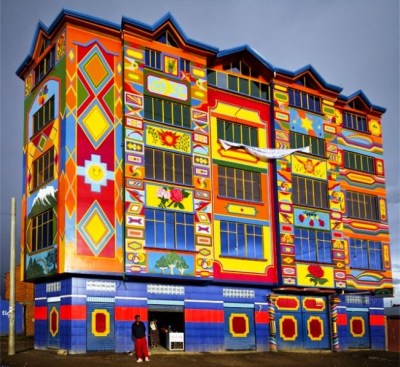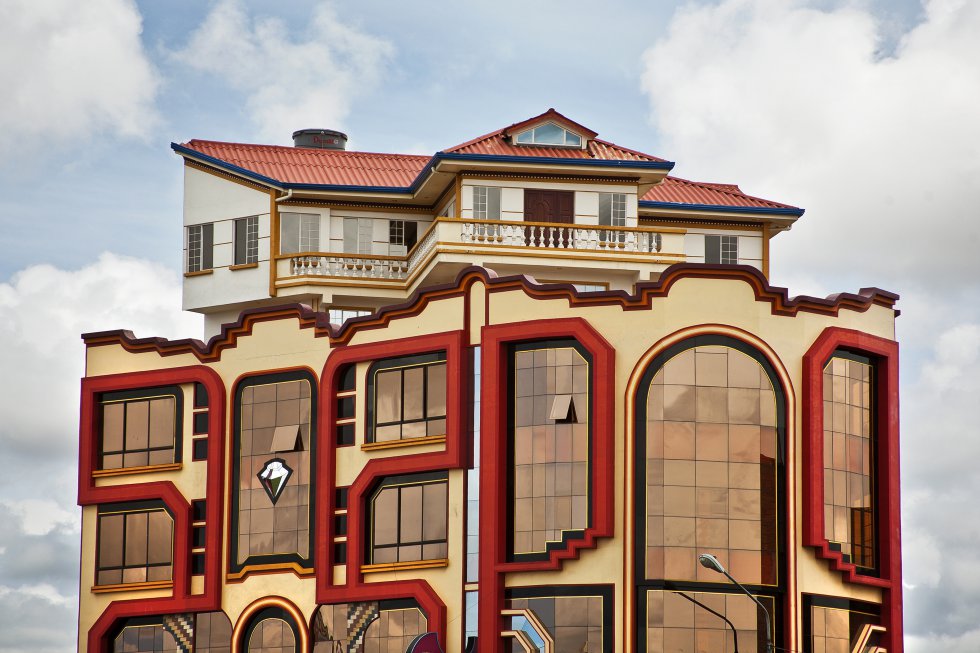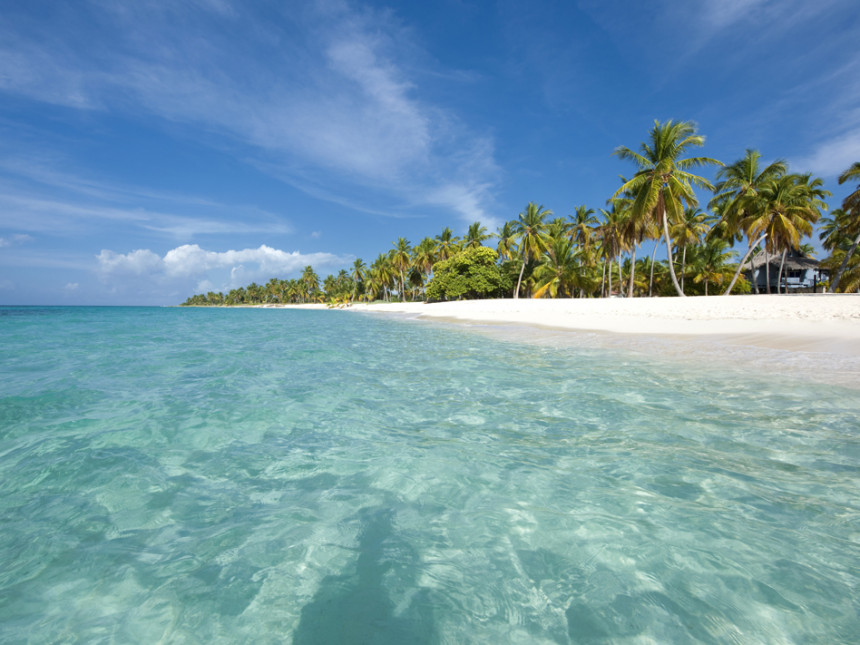At more than 4000 metres above sea level, in the city of El Alto, a new showy and colourful architectural trend has emerged. Many are calling it “Andean postmodernism”, while others are have named it “firecracker architecture” or even “transformer style”. Popularly known as “cholets”, these buildings have managed to attract attention from all over the world, meaning that more and more tourists are looking at Bolivia as a new and trendy place to visit.
El Alto forms part of the greater La Paz metropolitan area but has some very specific characteristics, both demographic and cultural. This situates it somewhat apart from the capital of the country. Politically independent since 1985, the best way to reach the centre is via cable car, a classic mode of transport in cities on a vertical incline.
Over the last decade, cholets have become one of the city’s main attractions. There are almost 1 million inhabitants in the area, many living in an orange-coloured sea created by bare brick buildings and houses.

Despite that, thanks to builder Freddy Mamani, an Aymara, colour and extravagance have found a place in among the uniformity and monotony. His buildings are a fascinating fusion of luxury detached houses and classic, local dwellings. It is the crystallisation of the surge in the Aymara middle classes and capitalist entrepreneurship in the country.
To observers, the first and main characteristic of cholets is kitsch. Multi-coloured facades hide crazy interiors where chinoiserie, for example, fuses with cruise-ship chic, folk art, and an obsession with ostentation. Prices range between $200,000 and $300,000 and the buildings are a mix of private property and places open to the public. Owners of the buildings charge high prices to rent them out for parties and events. These events are often extremely important in the local social calendar, so rental fees can reach between $2000 and $3000 a day.
Today you can take a tour to discover the most eye-popping cholets in the city, many of which rival already-famous facades such as the Ethnography & Folklore Museum in La Paz. They’re another addition to Bolivia’s list of cultural treasures and join Carnival de Oruro, a UNESCO World Heritage site, as something that no visitor should miss.

If you visit the Andean country in February, you’d be crazy to skip the carnival, as it is the second most important on the continent after the Rio de Janeiro Carnival in Brazil. You’ll get the most out of the event if you stay at the Hotel Edén by BlueBay*****, a 5-star hotel offering impeccable service located right in the centre of Oruro, a party city that makes a great addition to the tsunami of colour you ’ll have experienced in El Alto’s curious cholets.





